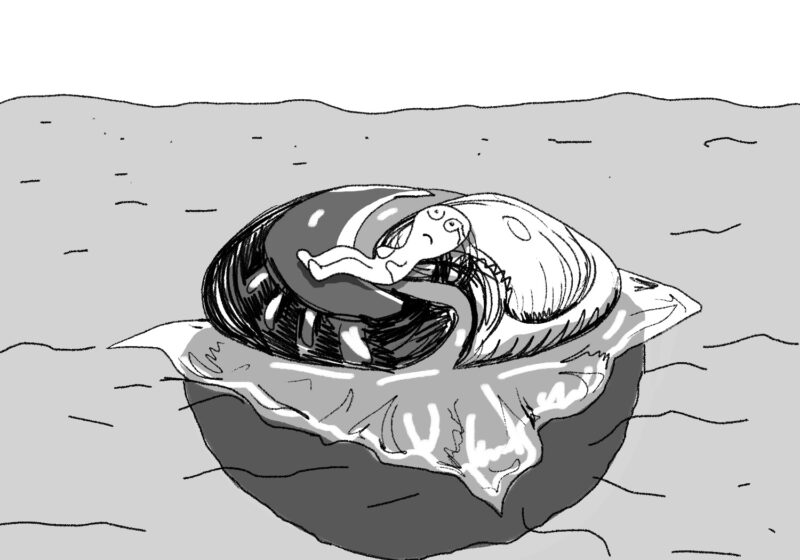“Diversity” is a loaded term.
The University, statistically, is a champion of diversity when compared to other top-tier universities. It’s an accomplishment that is trumpeted by the school and, as a result, one of the major reasons why students are attracted to the school. The University’s commitment and persistence toward having an increasingly diverse student body has been made known to nearly everyone who sets foot on campus.
But student opinion provides a conflicting story.
In fact, in the last year, the topic of diversity has caused quite a stir among the student body. More precisely, many seem to think there is a gap—a tension—between diversity as reflected by the statistics and ethnic and racial visibility across campus.
While this gap may only exist ostensibly, it’s obvious that representation of minorities isn’t, well, obvious.
“Students feel that diversity isn’t reflected accurately by the numbers because there isn’t integration of non-majority groups–they just coexist,” former Students’ Association (SA) Senator and junior Stephen Wegman said. “There’s unfortunately something left on the table in terms of interracial experiences and other forms of intergroup interaction.”
Before looking into intergroup interactions and inclusivity, let’s take a look at the University’s most recent Diversity Report. According to the data, the aggregate number of underrepresented minorities in the College of Arts & Sciences composes 11.2 percent (593/5306 students) of the student body. Asian students compose 9.9 (526/5306); Hispanic students, 6.2 (330/5306 students); and Black students, 4.7 (248/5306 students). (For expository purposes, the rest of the data for minorities has been left out.)
Why do these numbers look so good? According to the report, over the past decade, the number of international students attending the University has risen steadily, while the number of domestic minority students has not seen as much of an increase—hence, it becomes more difficult to determine whether the numbers are actually reflective of minority visibility. Simply said, the numbers are difficult to see in reality.
“There is literature on how and why diversity statistics don’t make places feel or sometimes even look more diverse,” SeQuoia Kemp, senior and President of the Black Students’ Association and member of the Douglass Leadership House, said. “Diversity is like the jewelry on an outfit, inclusiveness is the body. [The numbers] are not what you see everyday or everywhere. Students are spread across the campus, across buildings. Think about a cohort. Safe spaces. Commonality. In other words, diversity is more than the numbers.”
According to some students, the near lack of interconnectedness and intergroup interaction is felt deeply amongst many demographics of the student body, whether minority or majority.
“When I think of diversity, I not only think of just being located in the same area, but also interconnectedness between all groups within the same area,” sophomore and SA Senator Christian Keenan said. “Though many different demographics live here, I do not believe they are socially connected as the University advertises. There are many times that people from similar demographics stay primarily within their own demographic.”
Others feel that there is dissonance between between some domestic and international students.
“The international students’ community are isolated from the rest of the student body, and yet nobody seems to talk about it,” freshman Muhammad Miqdad pointed out. “It’s like they have their own bubble within the student body, and that builds a negative stereotype in the minds of other students on campus, who regard them as anti-social, rude (because they do not follow the ‘thank you-sorry’ conventions), and isolated.”
In the words of sophomore and recent SA presidential candidate Caleb Krieg: “The statistics back up the lack of diversity, and the tension exists there because of statistics.”
Often, the word “diversity” can end up being a badge boasted by universities to propagate a progressive image, rather than representing an environment where it is possible to engage in informative, productive, and substantive dialogue about cultural, ethnic, and racial issues.
Freshman Hia Ghosh said that she felt “incredibly isolated when it came to discussion about issues” related to being a student of color—or, more specifically, a woman of color.
There seems to be a common sentiment—the UR community needs to take a hard look at its standards for diversity and representation.



